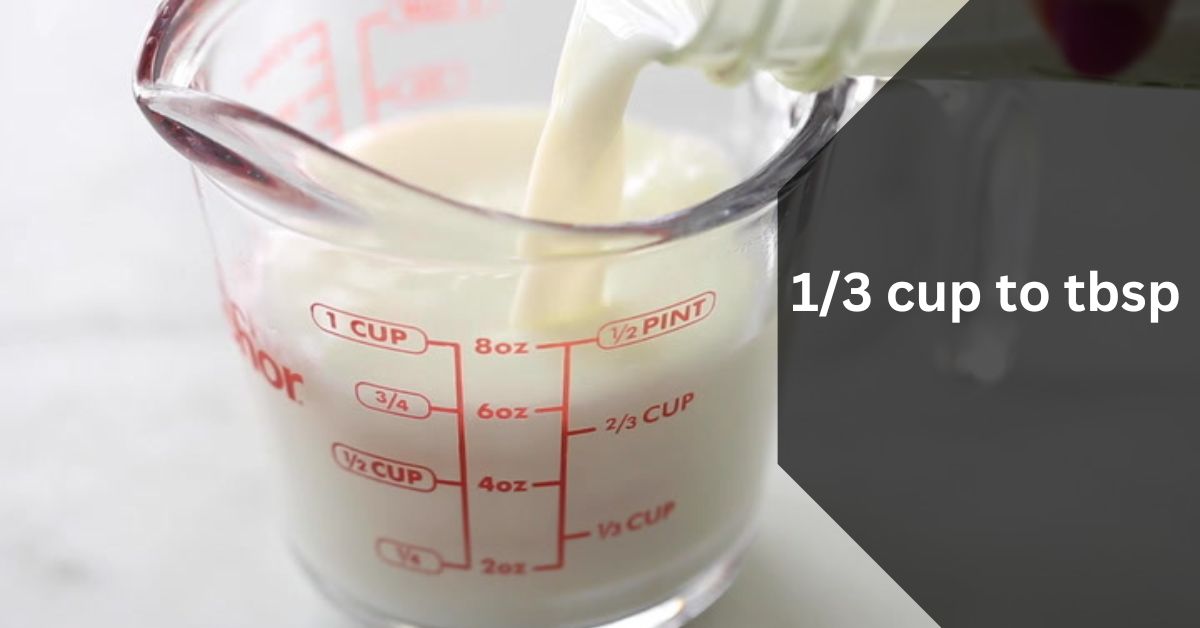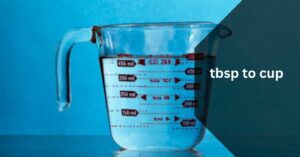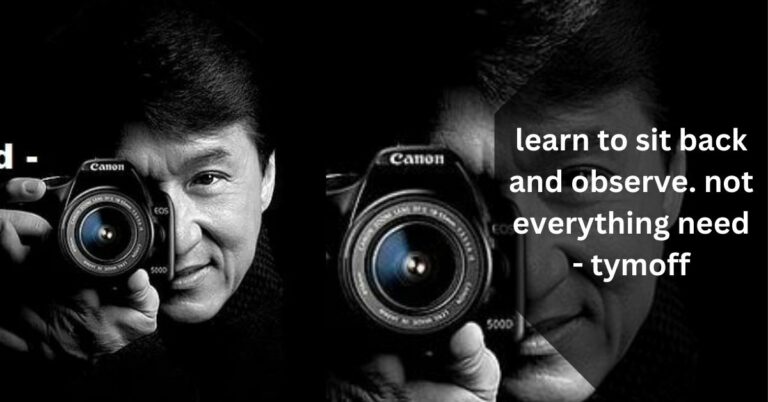Cooking is an art, and every artist needs the right tools and measurements to create a masterpiece. One of the fundamental skills in the culinary world is the ability to convert measurements accurately.
Among these conversions, the transition from cups to tablespoons is a common puzzle that many home cooks encounter.
In this article, we will delve into the intricacies of converting 1/3 cup to tablespoons, exploring the significance of accurate measurements in the kitchen and providing insights into why precision matters.
Understanding the Basics:
Before we embark on the journey of converting 1/3 cup to tablespoons, it’s essential to have a solid grasp of the basic units of measurement in the kitchen.
Cups and tablespoons are both volume measurements, but they differ in scale. One cup is equivalent to 16 tablespoons, and to make things a bit more complex, cups are often divided into fractions for certain recipes.
The Fractional Challenge:
Recipes frequently call for fractional measurements to achieve the desired balance of flavors and textures. The 1/3 cup measurement is a common fraction that falls between the 1/4 cup and 1/2 cup marks on your standard measuring cup.
This fraction can be a source of confusion for those not well-versed in culinary measurements, but fear not – mastering this conversion is easier than you might think.
The Conversion Process:
To convert 1/3 cup to tablespoons, we can leverage the fact that 1 cup is equal to 16 tablespoons.
Therefore, we can use the following formula:
Tablespoons=Cups×Conversion Factor
Tablespoons=Cups×Conversion Factor
For 1/3 cup, the conversion would look like this:
Tablespoons= 13×16
Tablespoons=3/1×16
Tablespoons=163
Tablespoons= 3/16
Tablespoons≈5.33
So, 1/3 cup is approximately equal to 5.33 tablespoons. However, in practical cooking, precision is key, and it’s often more convenient to round this to the nearest whole or half tablespoon, depending on the recipe’s requirements.
Read: Inside Incidentalseventy | Exploring the Intriguing World Within
Importance of Accurate Measurements:
Now that we have demystified the conversion process, let’s explore why accurate measurements are crucial in the culinary world.
Consistency in Flavor:
Accurate measurements ensure consistency in the flavor profile of a dish. Imagine preparing a beloved family recipe – a slight variation in the amount of a key ingredient could significantly alter the taste, leaving you with a dish that falls short of expectations.
Texture Matters:
Baking, in particular, is a science that relies heavily on precise measurements. The difference between a light, fluffy cake and a dense, heavy one can often be traced back to the accuracy of the measurements.
Recipe Integrity:
Many recipes are carefully crafted to achieve a specific balance of ingredients. Straying from these measurements can disrupt the intended harmony, leading to a less-than-optimal culinary experience.
Nutritional Considerations:
For those who are mindful of their nutritional intake, accurate measurements are essential. Whether it’s counting calories or managing macronutrients, small measurement discrepancies can add up and impact dietary goals.
Professional Standards:
In a professional kitchen, precision is not just a preference but a requirement. Chefs rely on consistent measurements to maintain the quality and reputation of their dishes.
Read: All Info About Кинокрадко | Everything You Need To Know About
Practical Tips for Measurement Success:
Now that we understand the importance of accurate measurements, let’s explore some practical tips to ensure success in the kitchen:
Invest in Quality Measuring Tools:
High-quality measuring cups and spoons are worth the investment. Choose sets made from durable materials with clear markings to facilitate easy and accurate measurements.
Leveling Off Dry Ingredients:
When measuring dry ingredients like flour or sugar, use a flat edge (like the back of a knife) to level off the excess. This ensures that you are getting an exact measurement.
Eye-Level Measurements:
When measuring liquids, always check the level at eye level. The meniscus, or the curve at the top of the liquid, can distort the measurement if not viewed at the correct angle.
Zeroing the Scale:
If you’re using a kitchen scale for measurements, remember to zero it out before adding each ingredient. This helps you measure only the quantity of the new ingredient, not the cumulative weight.
Understanding Recipe Specifics:
Take the time to read through a recipe thoroughly before starting. Some recipes may provide ingredient measurements in both volume and weight, and understanding the difference is crucial for accuracy.
Mastering Common Kitchen Conversions: Beyond 1/3 Cup
Explore additional common kitchen conversions and learn how to effortlessly navigate between different units of measurement. From teaspoons to ounces, expand your culinary toolkit and enhance your cooking precision.
Navigating Fractional Challenges: Tips for Handling Recipe Fractions
Delve deeper into the world of recipe fractions, uncovering strategies to confidently handle measurements like 1/3 cup. Gain insights into the common pitfalls associated with fractions and discover techniques to overcome them with finesse.
Precision in Baking: The Art of Accurate Measurements
Uncover the secrets behind achieving perfect textures and flavors in your baked goods. Understand why precise measurements are particularly crucial in the realm of baking and how mastering conversions like 1/3 cup to tablespoons can elevate your pastry game.
Beyond the Basics: Advanced Measurement Techniques for Culinary Success
Elevate your culinary skills by exploring advanced measurement techniques used by professional chefs. From the importance of weighing ingredients to understanding the impact of altitude on measurements, delve into the nuances that set seasoned cooks apart in the kitchen.
Conclusion:
In the world of culinary arts, precision is paramount. Converting 1/3 cup to tablespoons is just one of the many challenges that home cooks face, but armed with the right knowledge and tools, it becomes a simple and manageable task.
Accurate measurements are the foundation of successful cooking, ensuring that your dishes not only taste delicious but also consistently meet the standards you set for yourself in the kitchen.
So, the next time you find yourself faced with a recipe calling for 1/3 cup, embrace the opportunity to showcase your culinary prowess by confidently converting it to tablespoons. With this newfound skill, you’ll be one step closer to becoming a master of the culinary arts, creating dishes that not only tantalize the taste buds but also reflect the precision and passion you bring to your kitchen endeavors.
Also Read:




















+ There are no comments
Add yours